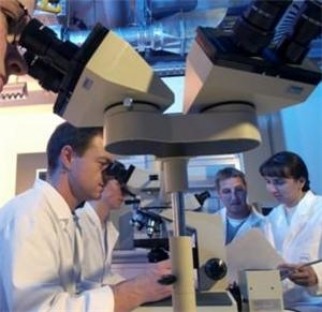Projecting Products in the Market

Paying attention of the researchers on some application towards a product, its methods of developing on consumers, impact and results may come into different strategies. Just like surveys that came from consumers. Their attitude basically and some of their references regarding and about the product. Designated test-markets and products are introduced then.
There are some company with new product which they ignore the result of it and for many reason, they failed. It can be that their pricing doesn't match people's choice, distributing channels may deliver wrong information and doesn't communicate. Generally, good results from an articulate research give good future for a product to further its services.
Particular issue that might affect product introductions are market research, time, capabilities, testings, distribution, trainings and promotions. These all will provide information and direction to identify all market needs. Cling to the set-up and time of any introduction, extend leads will assure future success.
Above mentioned issues may be part of projecting products but most importantly planning, believe to research results can help reach the expectation in success.
There are some company with new product which they ignore the result of it and for many reason, they failed. It can be that their pricing doesn't match people's choice, distributing channels may deliver wrong information and doesn't communicate. Generally, good results from an articulate research give good future for a product to further its services.
Particular issue that might affect product introductions are market research, time, capabilities, testings, distribution, trainings and promotions. These all will provide information and direction to identify all market needs. Cling to the set-up and time of any introduction, extend leads will assure future success.
Above mentioned issues may be part of projecting products but most importantly planning, believe to research results can help reach the expectation in success.
Tests and Researches

When you visit Consumer Reports.org or happen to read its periodical, you may notice that the company publishes a lot of research results. Those figures and facts are not taken out of nowhere. They are fresh and precise.
Consumer Reportshas been testing products since 1936.
Consumer Reports operates National Testing and Research Center, in Yonkers, N.Y. It is the largest nonprofit center in the world which provides educational and consumer product testing. Research and testing are fundamental components of Consumer Reports activity.
Before forwarding a product to one of the labs at the company’s Yonkers headquarters, it is subjected to considerable research. Consumer Reports specialists collect information about products and services, about demand in the marketplace, as well as about what the company’s subscribers plan to buy. Before developing the testing schedule, technical, editorial, and research personnel study that material, taking into consideration the suggestions of the subscribers.
After defining the project's scope, the researchers buy the products which will be used as test samples in 65 US cities. To maintain laboratory testing, manual questionnaires are held to gather customers’ experiences. About 100 experts work in seven major technical departments for testing – auto test, appliances, electronics, baby & child, health & family, foods, and recreation & home improvement. At the same time, three departments – product information, product acquisition, and statistics and quality management – employ more than 25% of the expert personnel. There are also more than 150 anonymous shoppers all over the United States. In these laboratories modern testing equipment is used. Moreover, the company’s engineers contribute their own developments to the research process. During testing the specialists apply government and industry standards as well as their own.
The Consumer Reports National Research Center is a research affiliate of Consumer Report’s National Testing and Research Center in Yonkers, N.Y. It consists of highly-trained social scientists who apply state-of-the art techniques in their surveys. The Center polls one million consumers annually to report their research results of experiences with services, products, and health care. Questions range from which types of appliances and electronics are considered to be more reliable to which companies offer the best customer support (e.g., hotels, cell phone service, airlines, auto and homeowners insurance), or the best places to buy goods, appliances, drugs, etc. The Research Center also offers auto owner satisfaction information studying hundreds of vehicle models based on responses of thousands of car owners

